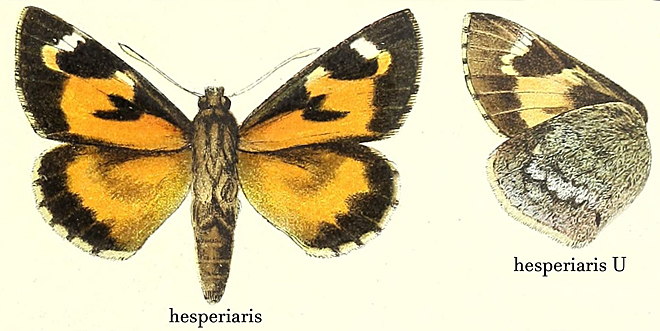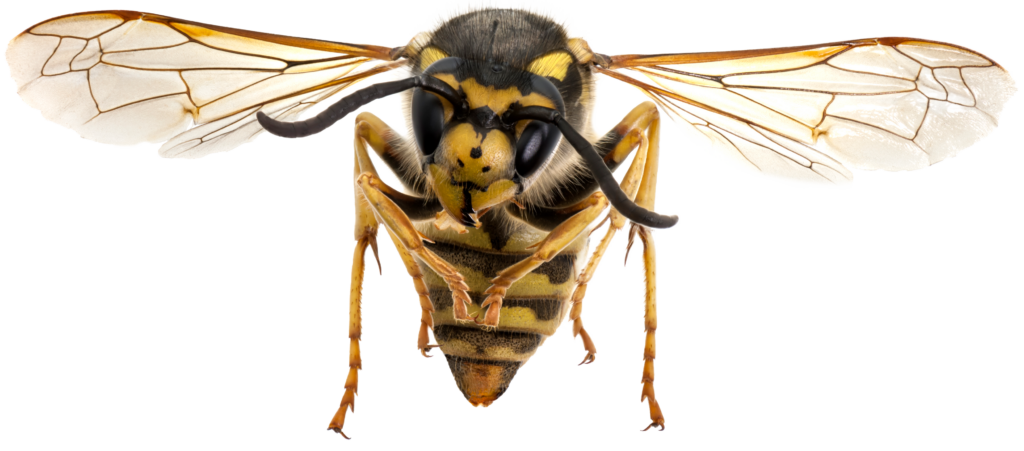Plenty of traditions around the world include eating foods that are taboo in other cultures. European cultures generally avoid eating insects, whereas insects can be a delicacy or even a seasonal staple in other cultures. Central Mexico celebrates insects as food to this day, and there is good reason to do so.

Central Mexico was one of the most densely populated places in the world, stretching back about 10,000 years. It is estimated that before Columbus, Mexico may have had a population as large as 30 million. It is easy to imagine that people in these pre-industrial civilizations learned to eat pretty much everything they could eat. But insects are not desperation food. They can be highly nutritious, and if they are also abundant, then they represent the opposite of desperation. Because they feed themselves in the environment, farmers need only to capture them rather than cultivate them. Certain of them are super-abundant seasonally, providing a bounty that still exists today. The most famous of these are the locusts, the “chapulines.”
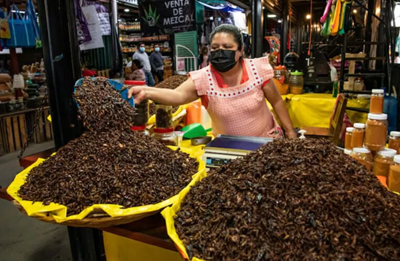
Locusts, which are a kind of grasshopper with a habit of aggregating in swarms, can build up enormous populations. They require less food than do mammals to achieve the same total mass. Ten pounds of vegetable matter will produce about six pounds of chapulines, whereas we would be lucky to get one pound of beef. Many species are edible, and in season these are a common market food item, somewhat spicy and nutty in flavor. Dried, market chapulines are estimated to be composed of about 60% protein, up to 20% fat, and about 10% carbohydrates, making them a nutritious and healthy food.
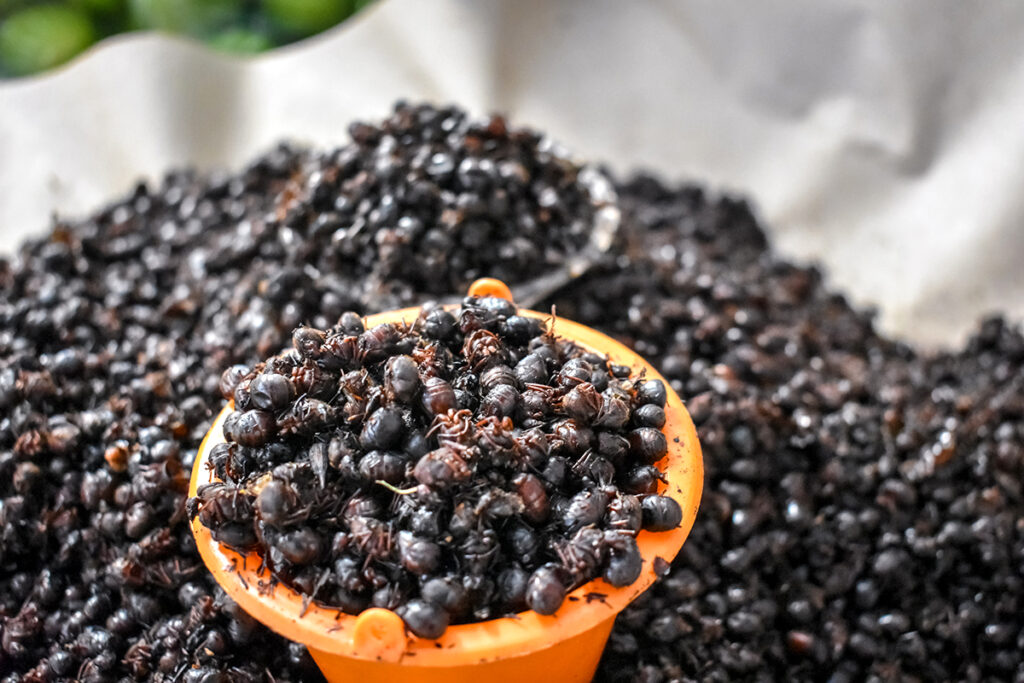
Queen ants of the genus Atta fly in great numbers seasonally. Because these queens are about to start new colonies by themselves, they have a lot of fat to help them through the weeks before their first workers emerge to provide labor. The queens are about 30% protein, 35% fat, and 20% sugars and starches. These insects are generally used as a condiment on other food, or crushed to make a paste used in cooking. They are also spicy, and some people say smoky.
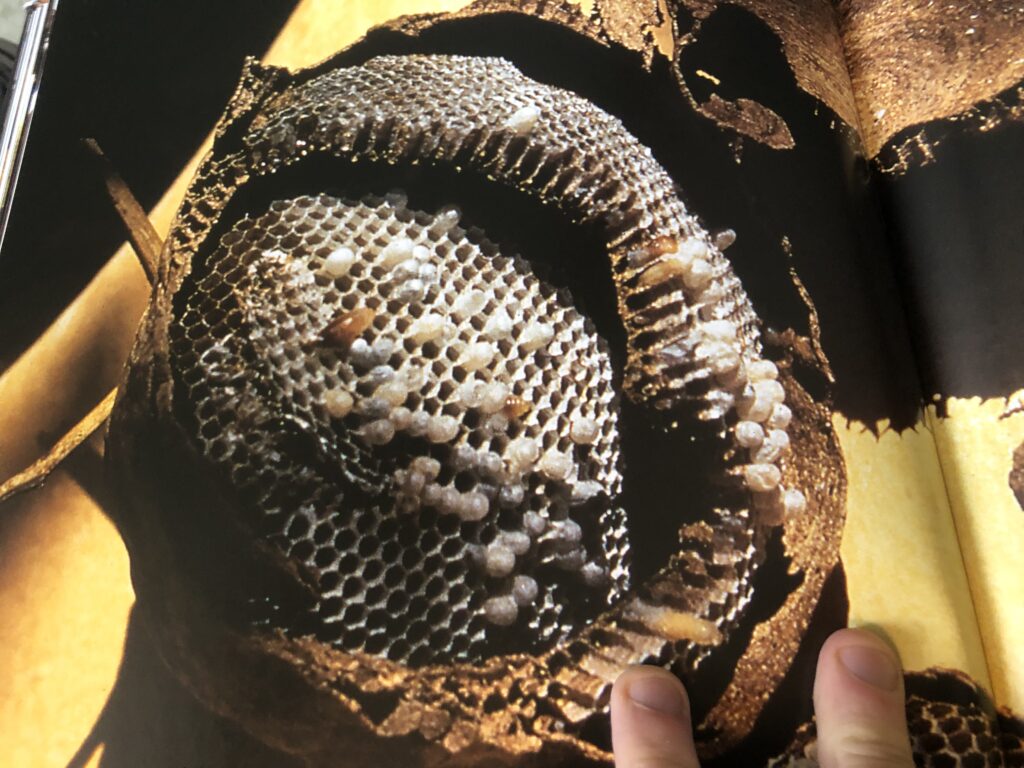
I was interested to find recently in a volume dedicated to the gastronomy of Oaxaca a recipe for wasp nest sauce. Because the nest is full of larvae and pupae, there is a substantial mass of animal flesh in the paper comb. Research shows that a couple of brood combs from tropical wasp nests can have as much energy as a quarter of a Snickers bar or so, which is pretty good for free (well, you do have to get the nest away from the nasty, stinging wasps!)
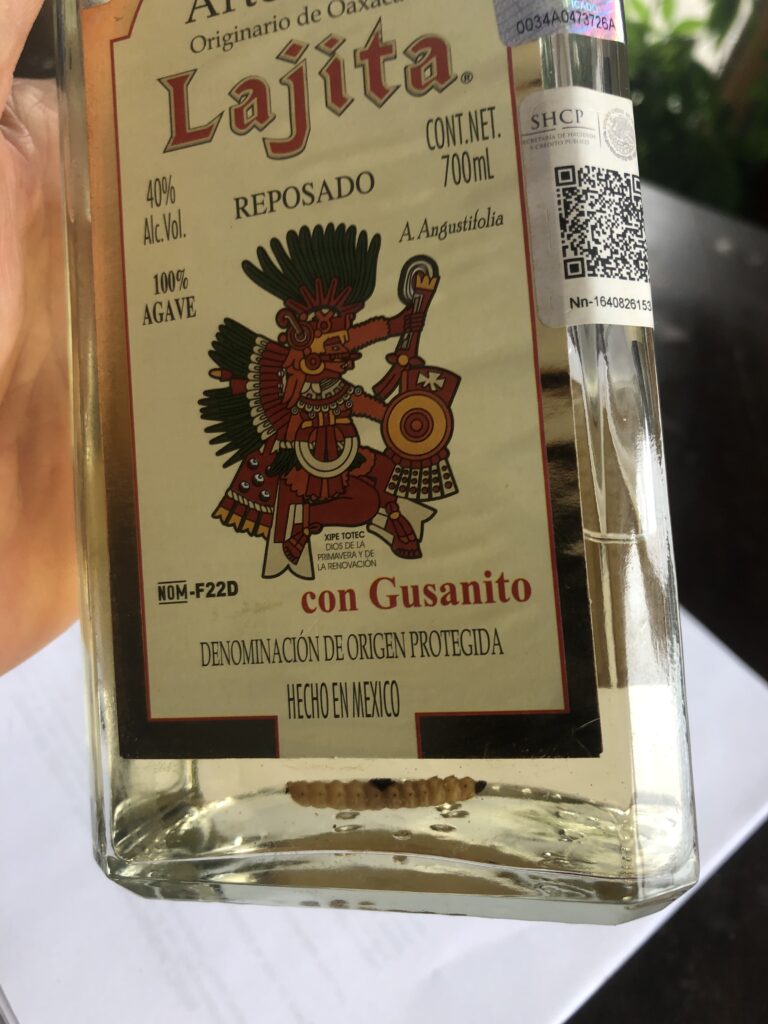
Probably the best-known edible Mexican insect is the “tequila worm” the larva of the large moth, Aegiale hesperiaris. This species is a pest of the plants that are used to make tequila and mezcal, so if you have an orchard of agave or yucca, you will have plenty of these larvae. The larva is edible, but its main role is as a marketing device. Despite many legends, the “worm” does nothing to improve the liquor.
Related post: “Ants as Food,” Dec 18, 2022.
